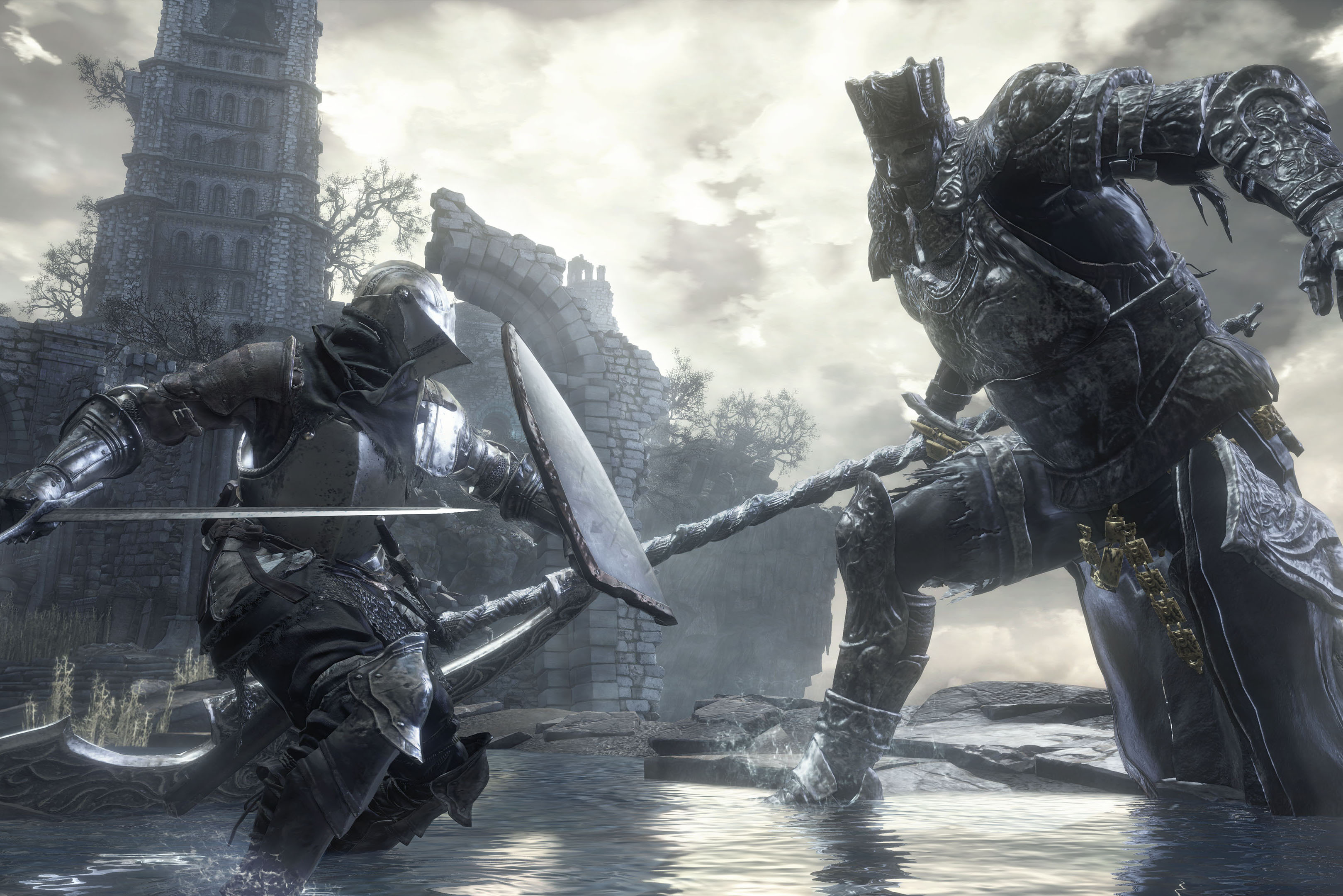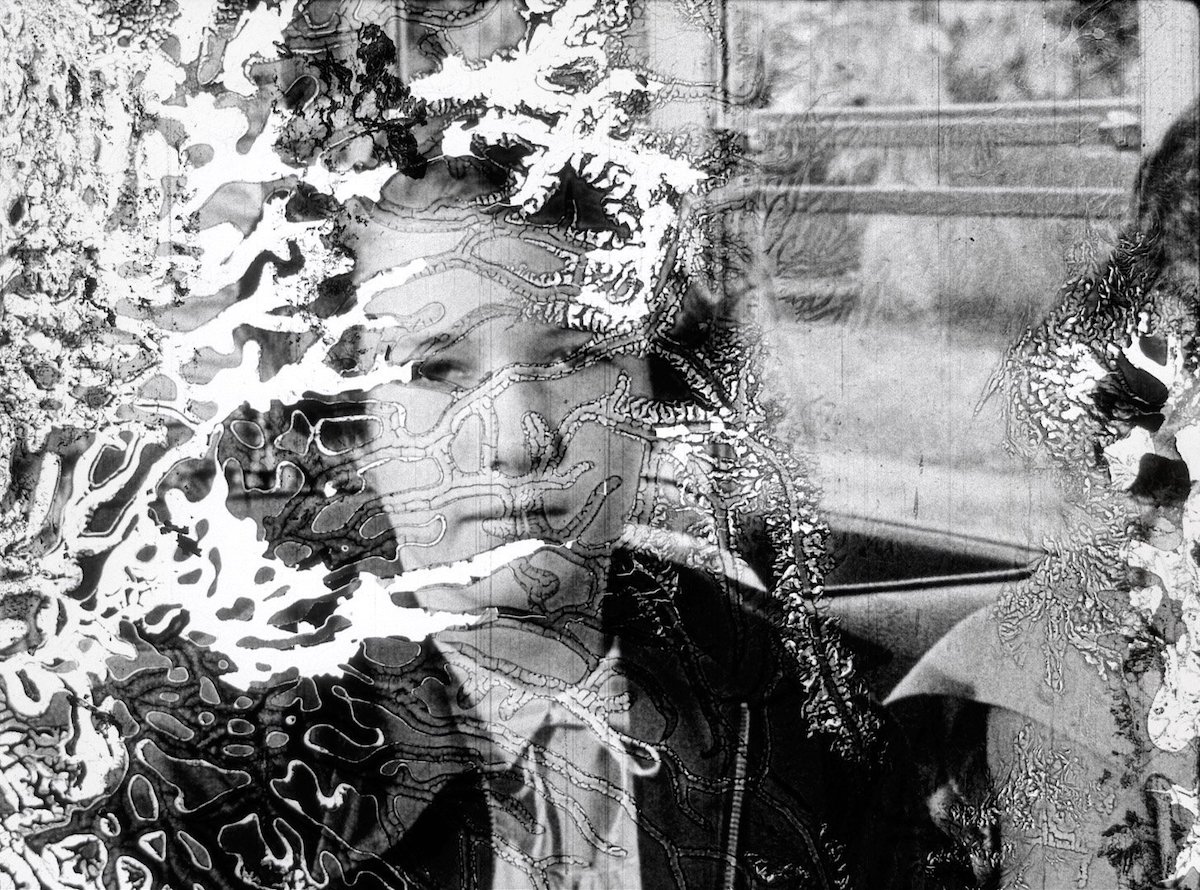Dark Souls III saw the release of Ashes of Ariandel, its first piece of downloadable content, on Oct. 25, 2016. Complete with two brand-new bosses, a fearsome arsenal of novel weaponry and an icy, unforgiving landscape, the painted world of Ariandel is a welcome addition to the game.
Video review of of Ashes of Ariandel
First impressions
One of the hallmarks of the Dark Souls series is its relentlessly brutal gameplay, and Ashes of Ariandel continues this tradition. From the start, hordes of frozen warriors and packs of ravenous wolves will ambush you and overwhelm careless players.
At times, the very ground beneath your feet will give way and leave you tumbling toward a waiting pack of enemies. Unless you’re incredibly skilled or over-leveled, it’s likely that the DLC will find ways to kill you a good number of times before you even reach its bosses.
FromSoftware Inc. made excellent use of vertical level design in some regions of the painted world; players traverse a collapsed bridge and dangling tree roots to scale down into a ravine while avoiding a rain of arrows shot by a regiment of giant archers.
A tower in another portion of the DLC forces the player to descend with great leaps through the crumbling vestiges of its enemy-infested ramparts. Overall, Ariandel’s scenery is a bit less memorable than previous games’ DLC packages, but the level design remains very strong.
Arguably the nastiest regular enemies you face in the painted world are the Millwood Knights, a faction of hulking Colossi men with similarly massive weapons and plate armor. At one stage, the game pits the player against three of them simultaneously, with one of the knights bombarding the arena with localized earthquakes.
Despite other enemies like wolves appearing in far greater numbers, this fight was easily one of the toughest in the DLC, with the Millwood Knights boasting incredible health and damage.
Instruments of death
As with any Dark Souls DLC, Ashes of Ariandel rewards the player with an entire host of exciting new weapons.
The Crow Quills are one of the more interesting armaments among these. They consist of a short rapier and a handful of throwing knives—the weapon’s art allows the player to throw a volley of phantasmal knives at their foes. The throwing knives don’t deal a ton of damage, but the integration of a swift-ranged attack into an otherwise straightforward melee weapon is an interesting addition to the game.
Another weapon of interest is Valorheart, a special shortsword that equips the player with a matching shield, allowing for a much more thoroughly integrated style of sword-and-board gameplay. The weapon art allows for quick combos of sword strikes and a mighty shield bash.
The Follower Torch, on the other hand, is less than spectacular as far as regular weapon swings go, but allows the player to unleash a wide breath of searing flame with its weapon art. The torch scales with strength, dexterity, intelligence and faith, which might be interesting for hybrid characters or pyromancers.
The head honchos
The crux of any Dark Souls content is, without a doubt, the bosses. Ashes of Ariandel comes complete with two boss fights, and both of them are fairly mechanically original, which is a breath of fresh air relative to some of the reskinned encounters in Dark Souls II DLC. Blue Smelter Demon, I’m looking at you.
Spoiler-averse readers may wish to skip this section.
Though optional in terms of the expansion’s main story, the first boss I encountered was the Champion’s Gravetender and Gravetender Greatwolf. This fight has two stages, which mostly consist of fighting the Gravetender and Greatwolf separately, with some room for overlap in between the two phases if you don’t kill the Gravetender quickly enough.
Unfortunately, the Gravetender is roughly the size of the player and isn’t much bulkier. His weakness to staggering made him surprisingly easy to kill and his swings have such short reach that he isn’t terribly difficult to dodge.
The Greatwolf, on the other hand, is massive and incredibly swift; on more than a couple occasions, the flurries of snow that its attacks stir up made me lose track of the boss entirely. Regrettably, its small moveset means that most of the fight’s difficulty comes from the wolf’s raw damage and some deceptively large hitboxes on its lunging attacks. After I figured out a way to roll around the lunge, even the Greatwolf made for a fairly easy kill.
The second and final boss is Sister Friede, accompanied during the fight’s second stage by Father Ariandel. Friede is small and quick; with her scythe, she makes for an incredibly dangerous opponent. One attack turns her completely invisible for its duration and is incredibly difficult to evade at first. She only becomes more intimidating when the massive Father Ariandel joins the fray. Together, the two bosses form a very difficult and memorable encounter.
Last words
With novel boss fights and a diverse range of new equipment, Ashes of Ariandel is a welcome addition to Dark Souls III. If anything, the DLC’s greatest weakness is its short length. With only two bosses and a relatively small map, the release might leave players with less to do than some of the entries in Dark Souls II’s trio of DLC packages.






